Optimal Timing for Waterproofing Applications
Waterproofing is a critical process for protecting structures from water intrusion and damage. The timing of waterproofing applications can significantly influence their effectiveness and longevity. Proper scheduling ensures optimal adhesion, curing, and performance of waterproofing materials, reducing the risk of future issues.
Ideal for waterproofing projects due to moderate temperatures and low humidity, which promote proper curing and adhesion.
Applying waterproofing during dry periods minimizes exposure to rain and moisture, ensuring better application and durability.
Timing waterproofing before heavy rain or snow seasons helps prevent water infiltration during adverse weather conditions.
Immediately after construction, waterproofing can be applied to protect new structures from water damage during the settling period.
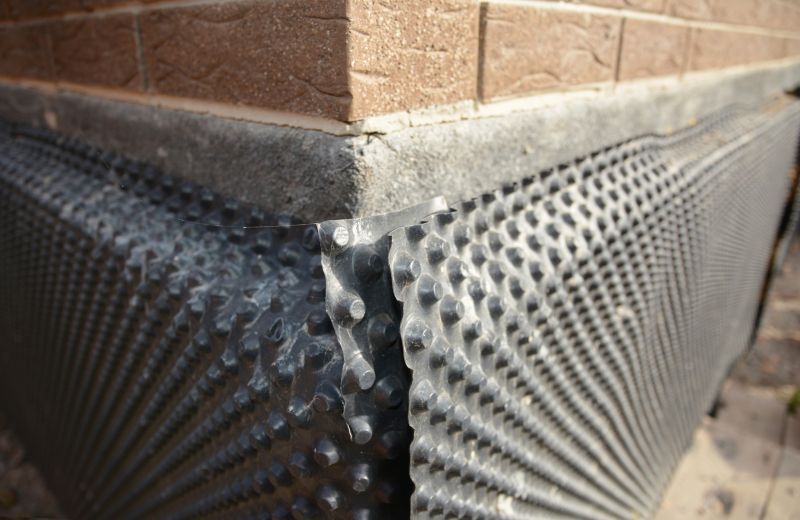
Applying waterproofing during spring ensures optimal conditions for adhesion and curing.
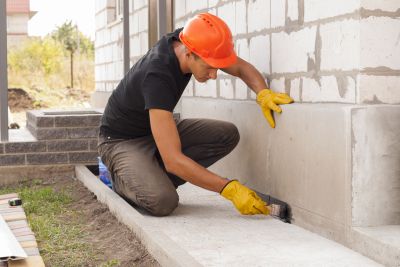
Dry weather allows for thorough application without interruption from rain.

Preparing structures before winter helps prevent water damage from snow and ice.
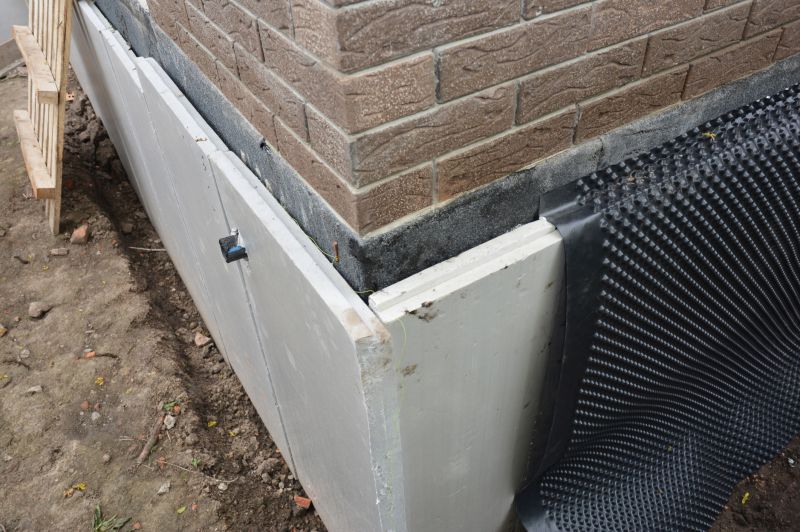
Immediately after building completion to protect against water infiltration.
| Season | Optimal Waterproofing Timing |
|---|---|
| Spring | Ideal due to moderate temperatures and low humidity. |
| Summer | Suitable in early summer with dry weather. |
| Fall | Effective before winter weather sets in. |
| Winter | Generally not recommended due to cold and moisture. |
| Post-Construction | Immediately after building completion for best results. |
| Routine Maintenance | Scheduled during dry periods for ongoing protection. |
Waterproofings involve the application of specialized materials designed to prevent water penetration in various structures. These systems include membranes, coatings, sealants, and barriers tailored to different building components such as foundations, roofs, and walls. Proper waterproofing enhances structural integrity, prevents mold growth, and extends the lifespan of buildings. Statistics indicate that well-executed waterproofing can reduce repair costs by up to 50 percent over the lifespan of a structure.
Effective waterproofing requires consideration of climate, material compatibility, and application techniques. The selection of appropriate waterproofing systems depends on the specific needs of the project, including exposure levels and structural design. Regular inspections and maintenance are essential to ensure ongoing water resistance and to address any issues early before significant damage occurs.
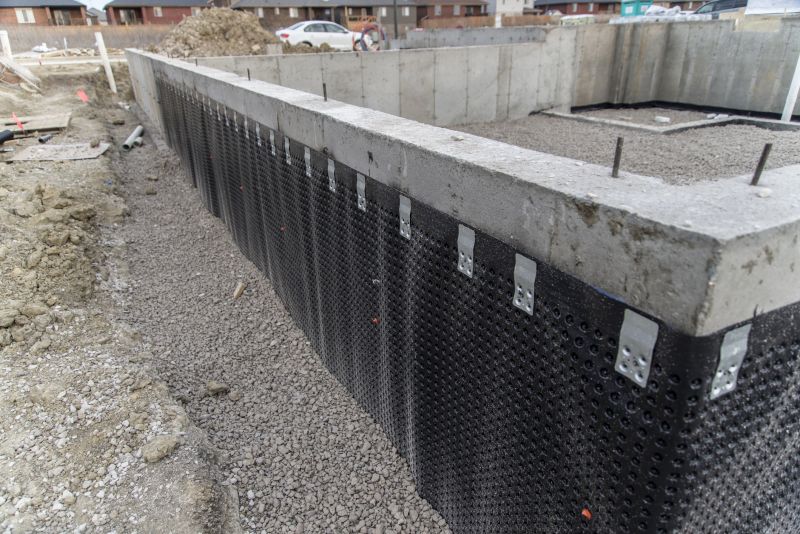
Durable membranes provide a continuous water barrier for foundations and roofs.

Sealants are used to fill gaps and joints, preventing water ingress.
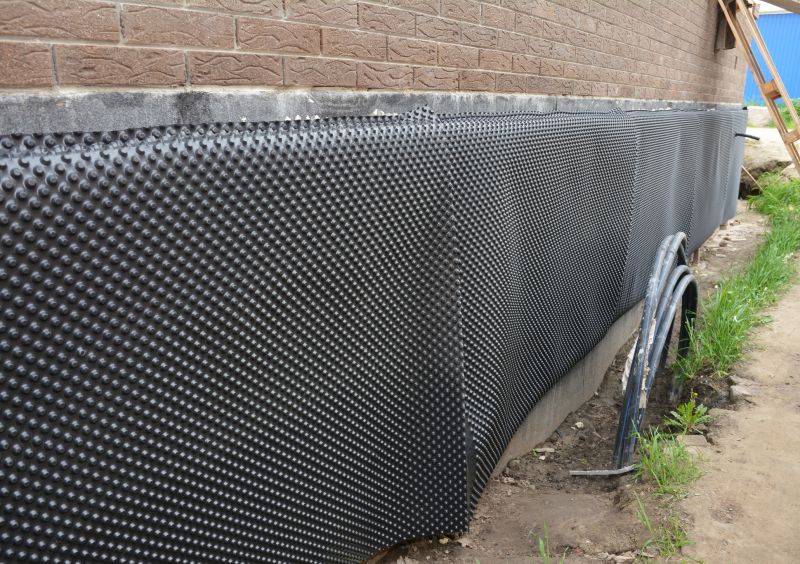
Coatings add an extra layer of water resistance to surfaces.
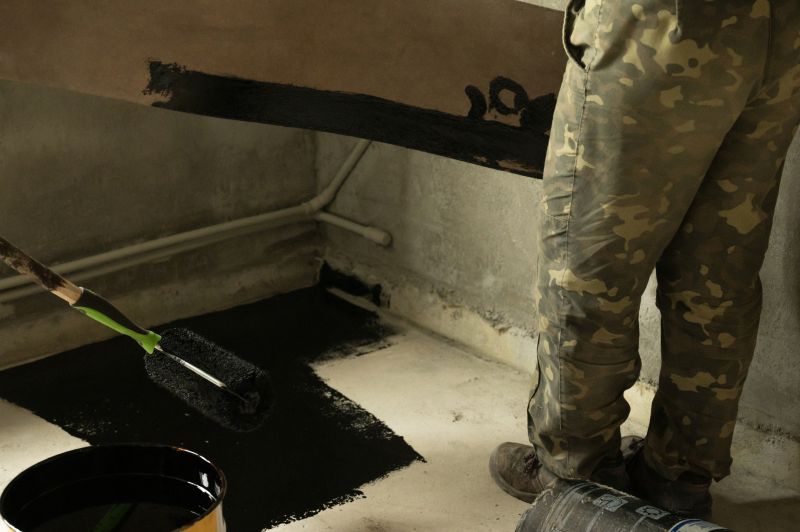
Ways to make Waterproofings work in tight or awkward layouts.
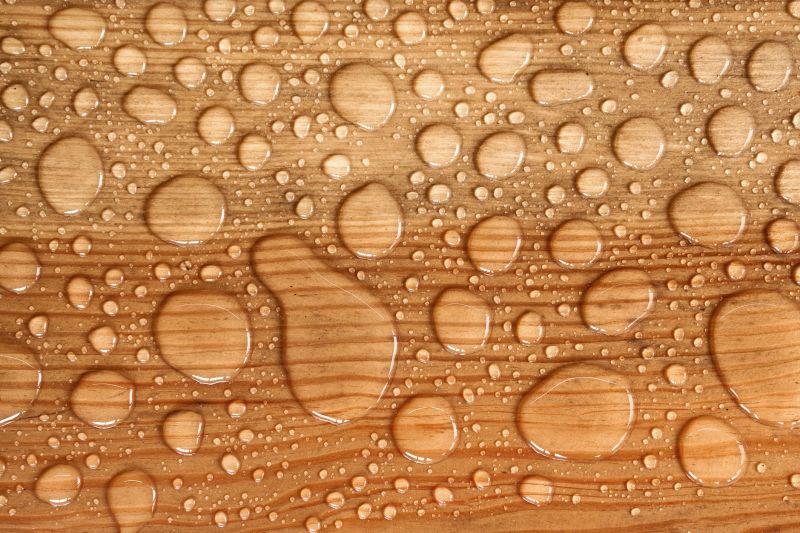
Popular materials for Waterproofings and why they hold up over time.
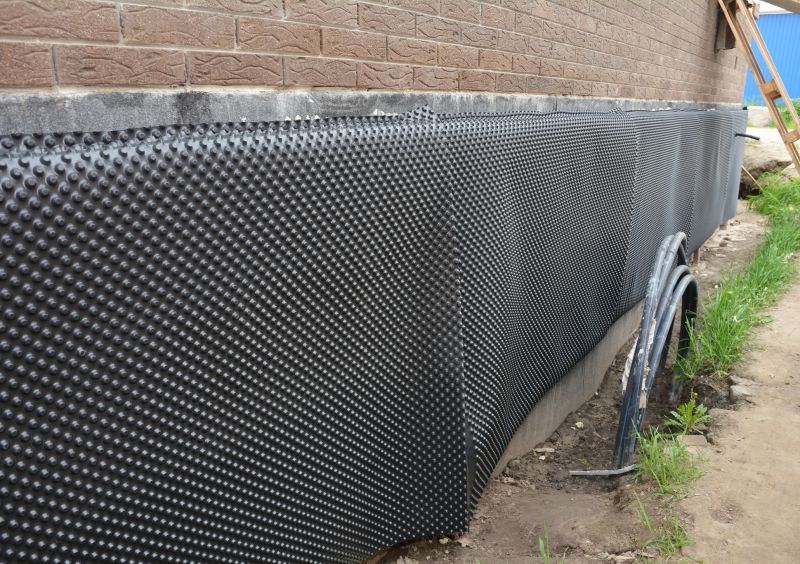
Simple add-ons that improve Waterproofings without blowing the budget.
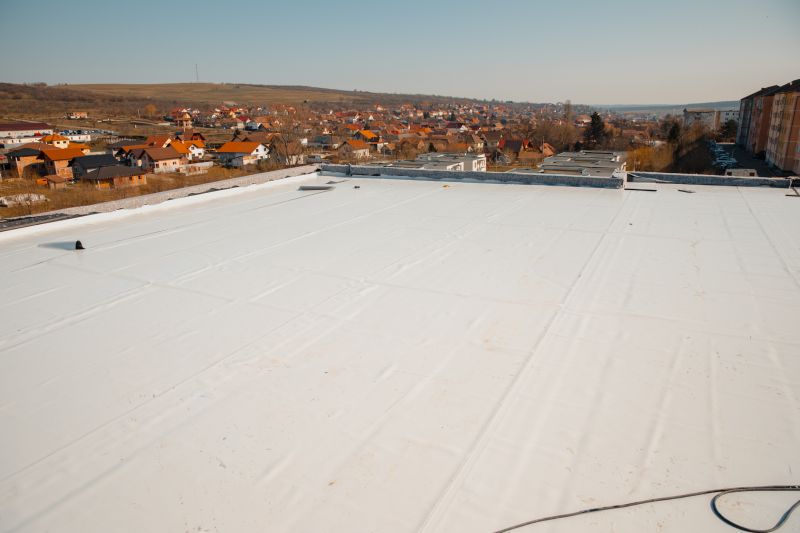
High-end options that actually feel worth it for Waterproofings.
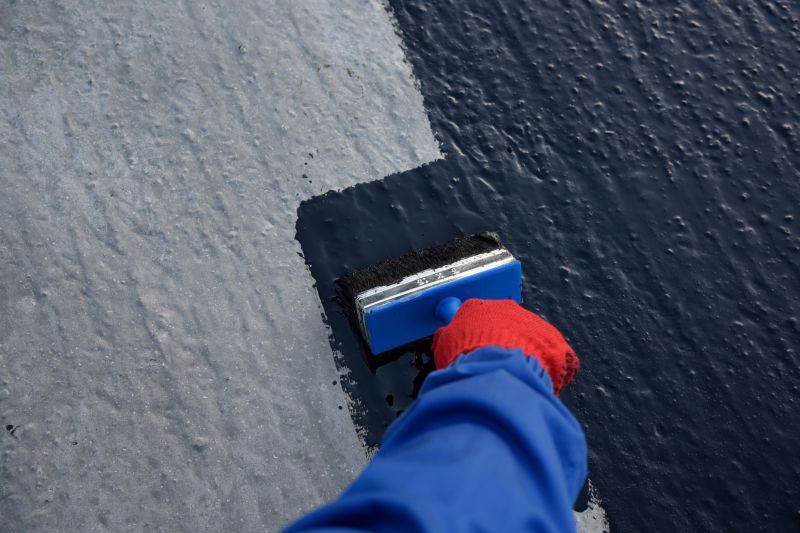
Finishes and colors that play nicely with Waterproofings.

Little measurements that prevent headaches on Waterproofings day.
Different materials offer varied levels of protection depending on application and environment.
Reduces structural damage, prevents mold, and extends building lifespan.
Issues include improper application, material incompatibility, and weather interference.
Regular inspections and timely reapplications maintain water resistance.

